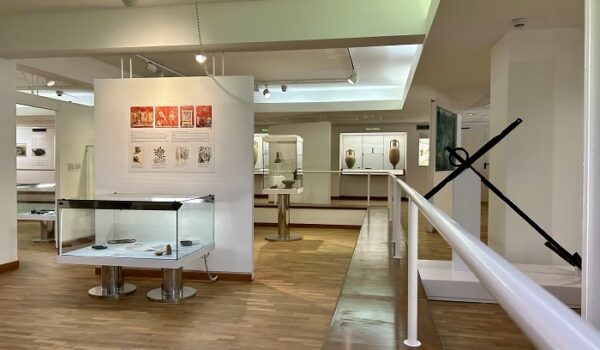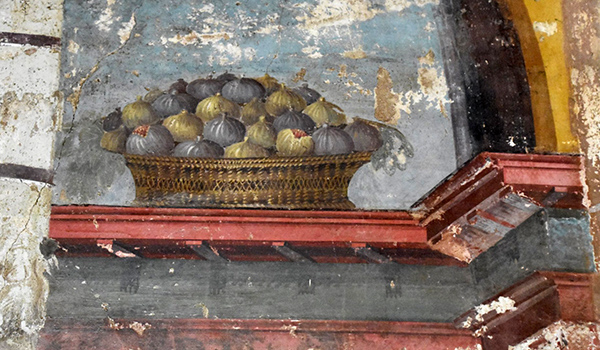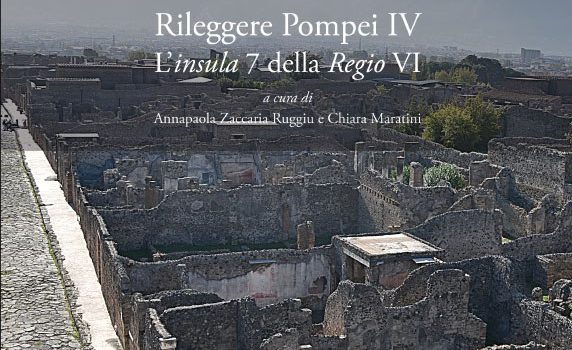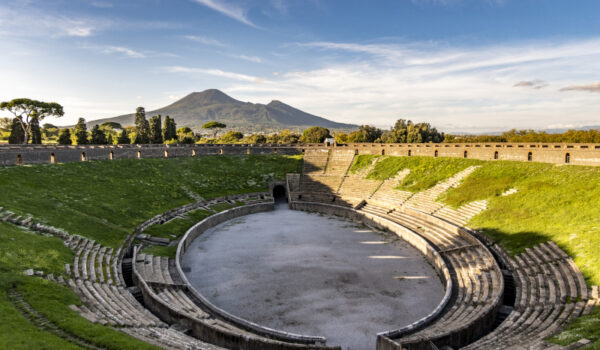ANTIQUARIUM, ROOM I

The finds displayed in the first Room allow the main characteristics of the Vesuvian area during the Roman epoch to be reconstructed, as well as giving us an understanding of … keep it going
New excavations in Regio V
POMPEII. NEW EXCAVATIONS IN REGIO V. AFTER DECADES, A NEW AREA OF POMPEII IS EXCAVATED 270 years after the discovery of Pompeii, the Archaeological Park celebrates its wonders by announcing … keep it going
“Expanded Interiors” at House of Cryptoporticus, Catrin Huber

Pompeii, House of Cryptoporticus 14 July 2018 – 20 January 2019 CATRIN HUBER
Expanded Interiors

14 July 2018 – 20 January 2019 The installations created by the German visual artist Catrin Huber in the House of the Cryptoporticus look at the relevance ancient Pompeii has … keep it going
History of the Excavations

Impressive archaeological remains belonging to the site of the ancient Oplontis can be seen in the heart of the modern town of Torre Annunziata. The name Oplontis had only ever … keep it going
Publications

The new book series entitled ‘Studi e Ricerche del Parco Archeologico di Pompei’ (Studies and Research of the Archaeological Park of Pompeii) resumes the previous study series by the Pompeii … keep it going
MANAGEMENT PLAN

The management plan is an operational planning and synoptic tool of the serial site no. 829 “Archeological areas of Pompeii, Herculaneum and Torre Annunziata”. The updated version of the Management … keep it going
About us

The Archaeological Park of Pompeii is a decentralised body of the Ministry of Culture . It holds special autonomy and is aimed at the preservation, conservation and promotion of public use of … keep it going
GERONIMO STILTON IN POMPEII

THE UNESCO HERITAGE SITES OF POMPEII, HERCULANEUM, TORRE ANNUNZIATA with GERONIMO STILTON Geronimo Stilton, the most popular mouse-journalist amongst children all over the world, will be the celebrity ‘spokesperson’ for … keep it going
Timetables and tickets

STARTING FROM 15 NOVEMBER, POMPEII TO BRING IN NOMINATIVE TICKETS AND A DAILY LIMIT OF 20,000 ADMISSIONS Click here for details All the sites are connected through a shuttle … keep it going

